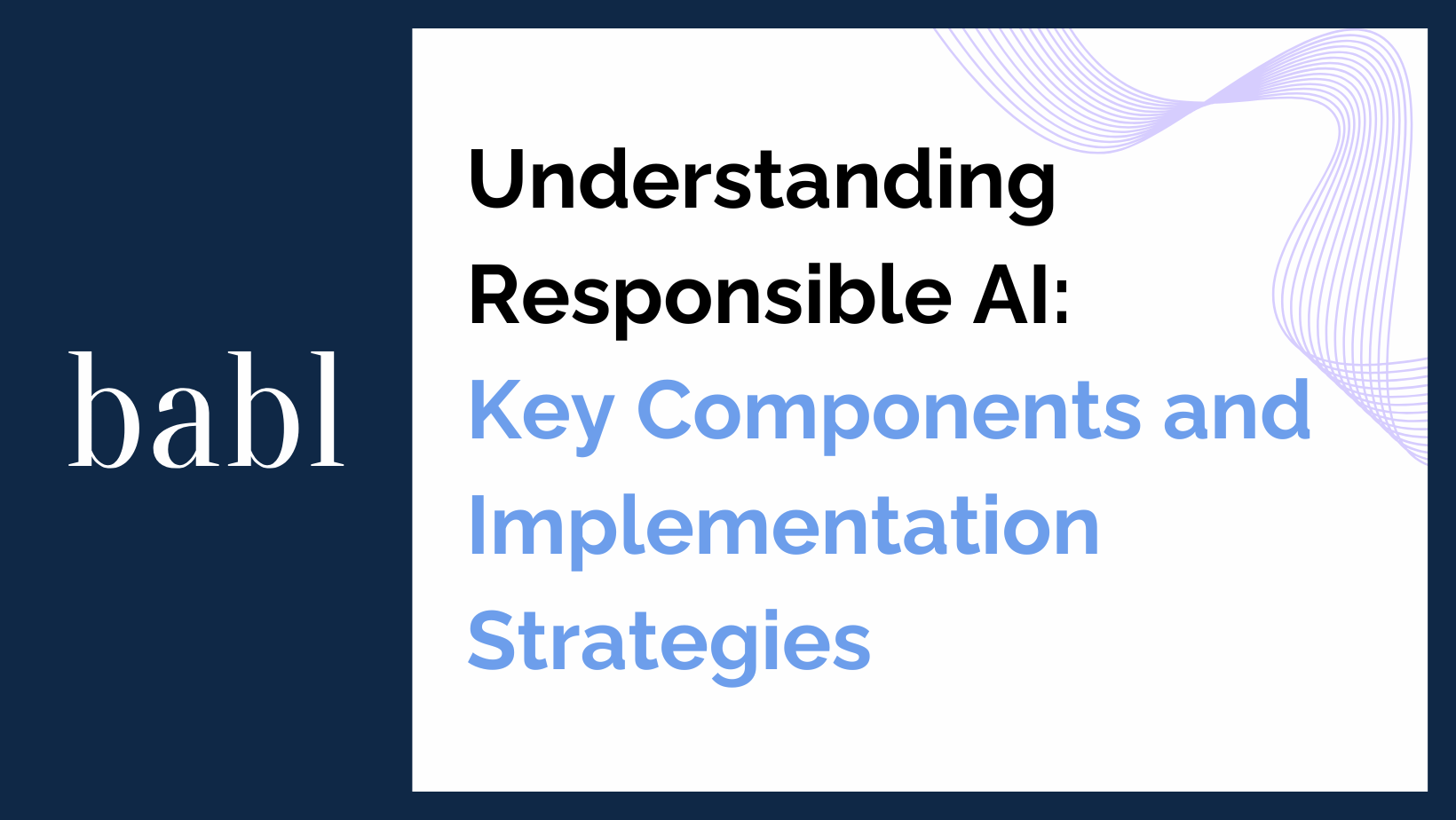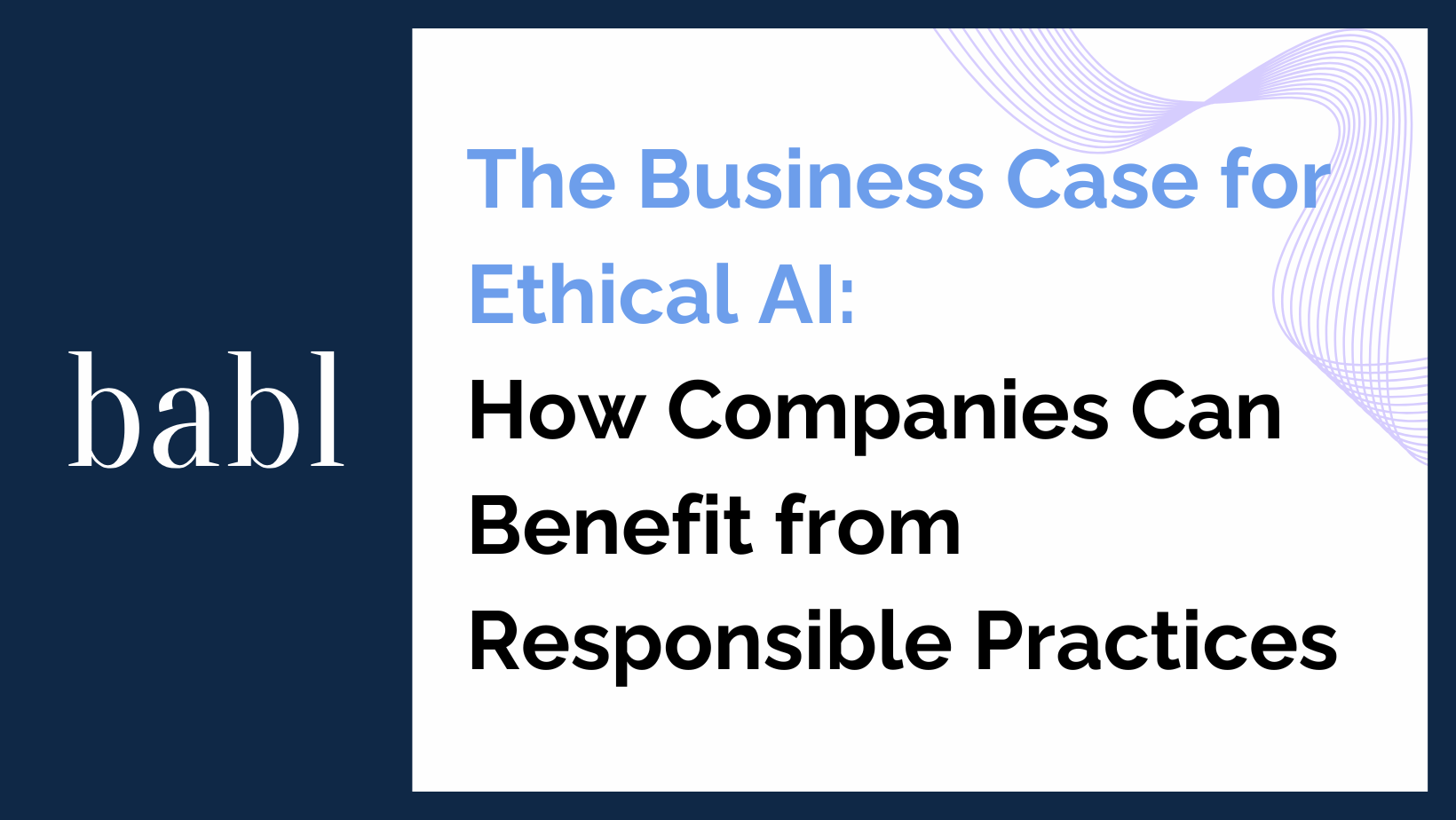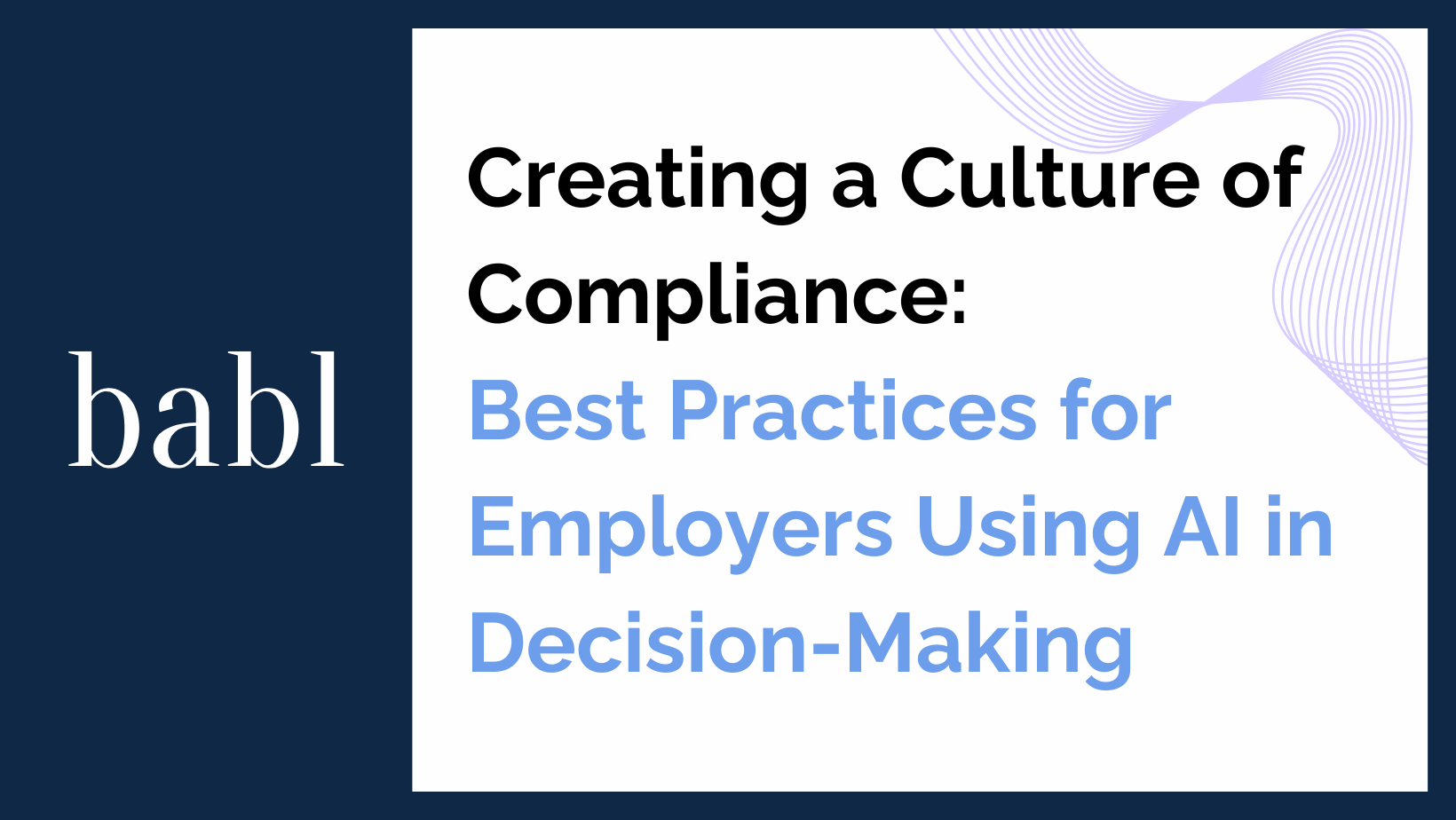The upcoming implementation of the EU Artificial Intelligence (AI) Act, also known as the EU AI Act, marks a significant step in the regulation of AI technologies, particularly through its comprehensive approach to fines and penalties for non-compliance. As AI technologies proliferate across sectors, the need for stringent controls to ensure safety, privacy, and ethical use becomes increasingly critical. The EU AI Act addresses these concerns with a structured penalty regime that aims to ensure compliance by AI system providers, deployers, and associated entities.
The Structure of Fines Under the EU AI Act
The EU AI Act categorizes fines based on the severity of non-compliance and the potential risk posed by the AI systems. One of the most notable aspects is the substantial fines for non-compliance with prohibitions on certain AI practices, which could result in administrative fines up to $35 million or 7% of the total worldwide annual turnover, whichever is higher . This demonstrates the EU’s commitment to enforcing its regulations stringently, prioritizing safety and compliance over industrial growth when necessary.
For less severe infractions, fines can still be significant. Non-compliance related to AI systems other than those under the strictest prohibitions could attract fines up to $15 million or 3% of the global turnover . Moreover, supplying incorrect, incomplete, or misleading information could result in fines up to $7.5 million or 1% of the total worldwide annual turnover . This tiered approach reflects the EU’s strategy to tailor penalties not only to the gravity of the violation but also to the economic impact it might have on the enterprise involved.
Implications for AI Providers
For providers of general-purpose AI models, the regulation stipulates penalties that could reach up to 3% of the total worldwide turnover in the preceding financial year or $15 million, depending on which is higher. This is particularly relevant when providers fail to comply with obligations, such as not allowing the European Commission access to their systems for inspections .
Furthermore, the EU AI Act also considers the intentions behind non-compliance. Fines can vary based on whether the infringement was committed negligently or intentionally, which underscores the importance of compliance programs within companies .
Enforcement and Collection
The collection of fines under the EU AI Act contributes to the general budget of the Union, which suggests that the penalties serve a broader purpose of supporting the EU’s regulatory framework . The Act also provides for rights of defense and procedural guarantees during the imposition of fines, ensuring fairness in the enforcement process.
Conclusion
The fines and penalties laid out in the EU AI Act are designed to ensure that AI systems are used in a manner that is safe, ethical, and compliant with the highest standards of privacy and security. By setting strict penalties, the EU aims to deter non-compliance and encourage a proactive approach to risk management in AI development and deployment. This structured approach not only protects individual and public interests but also fosters a stable environment for innovation within clear regulatory guidelines.
BABL AI‘s team of audit experts is ready to provide assistance to companies seeking clarity on how the EU AI Act may impact their operations.





